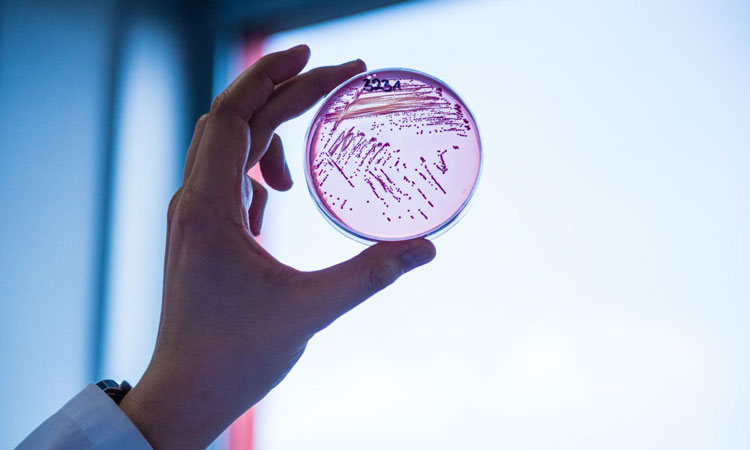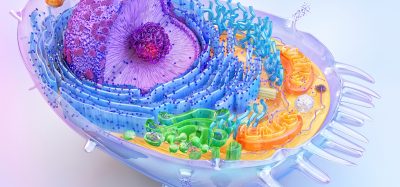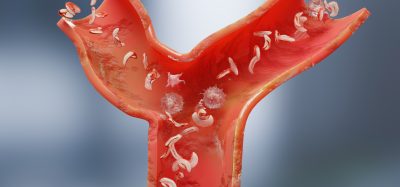Novel peptide could lead to antibiotic for drug-resistant bacteria
Posted: 22 November 2019 | Rachael Harper (Drug Target Review) | No comments yet
A novel peptide has been discovered that attacks gram negative bacteria at a previously unknown site of action which presents a promising lead substance for the development of a new antibiotic.


Multidrug-resistant E. coli bacteria (credit: Justus Liebig University Giessen/Katrina Friese).
An international team of researchers has discovered a novel peptide that attacks gram negative bacteria at a previously unknown site of action.
Germs such as Escherichia coli and Klebsiella pneumoniae have become resistant to the most – and in some cases all – currently available antibiotics. Their additional external membrane makes these difficult to attack as it protects the bacteria by preventing many substances from getting into the cell interior. Especially for the treatment of diseases caused by these so-called gram negative bacteria, there is a lack of new active substances.
“Since the 1960s, scientists have not succeeded in developing a new class of antibiotics effective against gram negative bacteria, but this could now be possible with the help of this peptide,” said Professor Till Schäberle from the Institute of Insect Biotechnology at Justus Liebig University Giessen (JLU) and project leader at the DZIF, whose research group was involved in the discovery.
AI-powered drug discovery: Accelerating the development of life-saving therapies
18 September 2025 | 14:00PM BST | FREE Webinar
Join this webinar to learn how AI is accelerating early-stage drug discovery and improving target identification, practical strategies for applying AI effectively within your organisation and to ask your questions to our industry expert! Dr Remco Jan Geukes Foppen will share practical insights into how AI is being applied across the pharmaceutical sector, helping teams move faster and make better-informed decisions. With experience spanning data management, image analysis, bioinformatics, and machine learning in clinical research, he brings both deep technical expertise and strategic understanding of real-world challenges.
Register Now – It’s Free!
The team of Professor Kim Lewis, Northeastern University in Boston, Massachusetts (USA), tested extracts of bacterial symbionts of insect-pathogenic nematodes to verify the activity against E. coli and were able to isolate a peptide that they have called Darobactin.
“We have already been able to gain insights about how the bacteria synthesise this molecule,” said Professor Schäberle. “Currently we are working in the field of natural product research at the Institute of Insect Biotechnology of the JLU to increase the production of this substance and to generate analogues.”
The researchers also determined the site of action of Darobactin. They found that it binds to the BamA protein, located in the external membrane of gram negative bacteria. As a result, the establishment of a functional external membrane is disrupted and the bacteria die off. “It is particularly interesting to note that this previously unknown weak point is located on the outside of the bacteria where substances can easily reach it,” explained Professor Schäberle.
Darobactin exhibited an excellent effect in the case of infections with both wild-type, as well as antibiotic-resistant Pseudomonas aeruginosa, E. coli and K. pneumoniae strains. Thus, Darobactin presents a promising lead substance for the development of a new antibiotic, the researchers say.
The research was published in Nature.
Related topics
Antibiotics, Drug Development, Peptide Therapeutics, Research & Development, Targets
Related organisations
Justus Liebig University Giessen (JLU), Northeastern University in Boston
Related people
Professor Kim Lewis, Professor Till Schäberle








